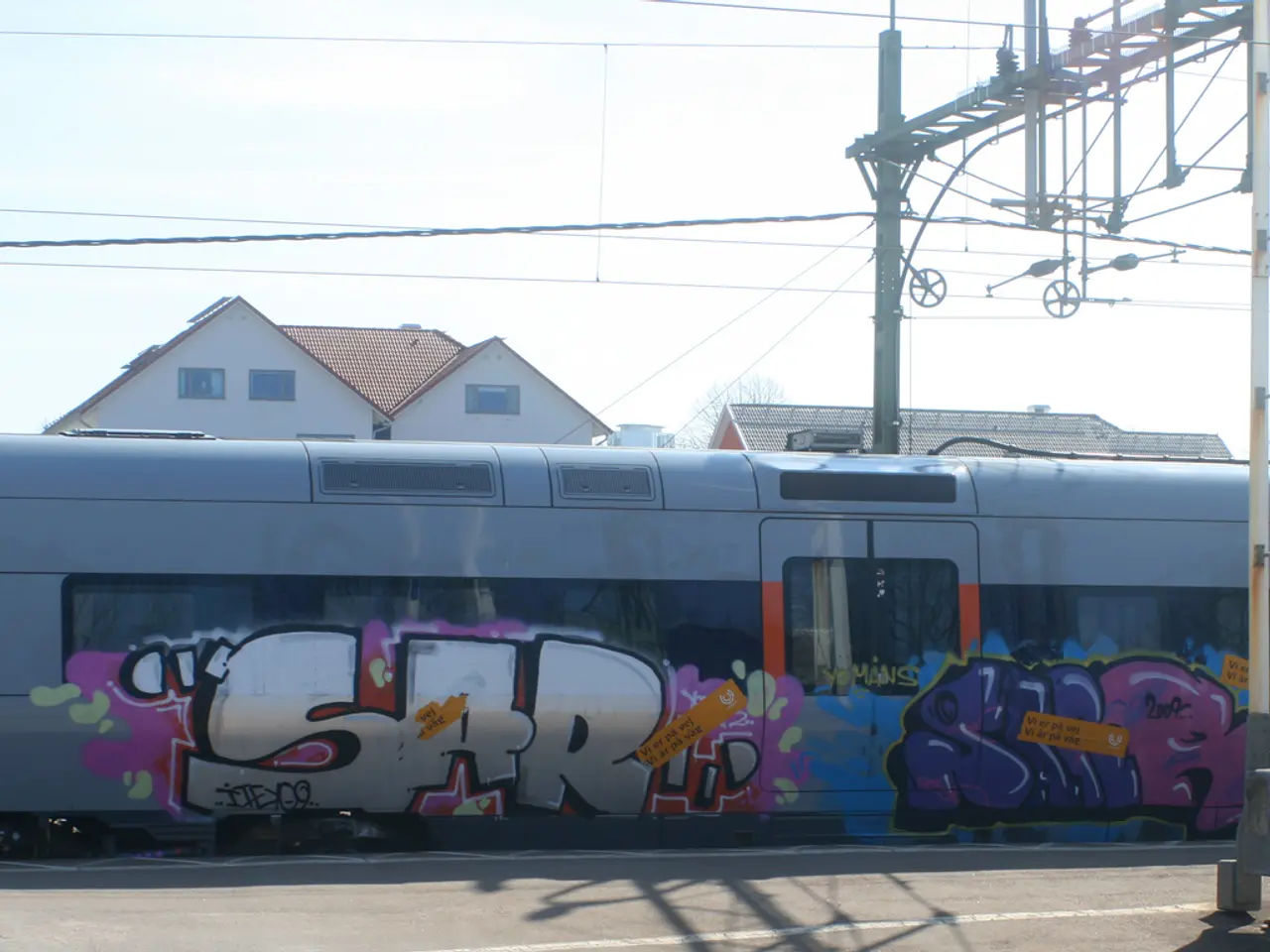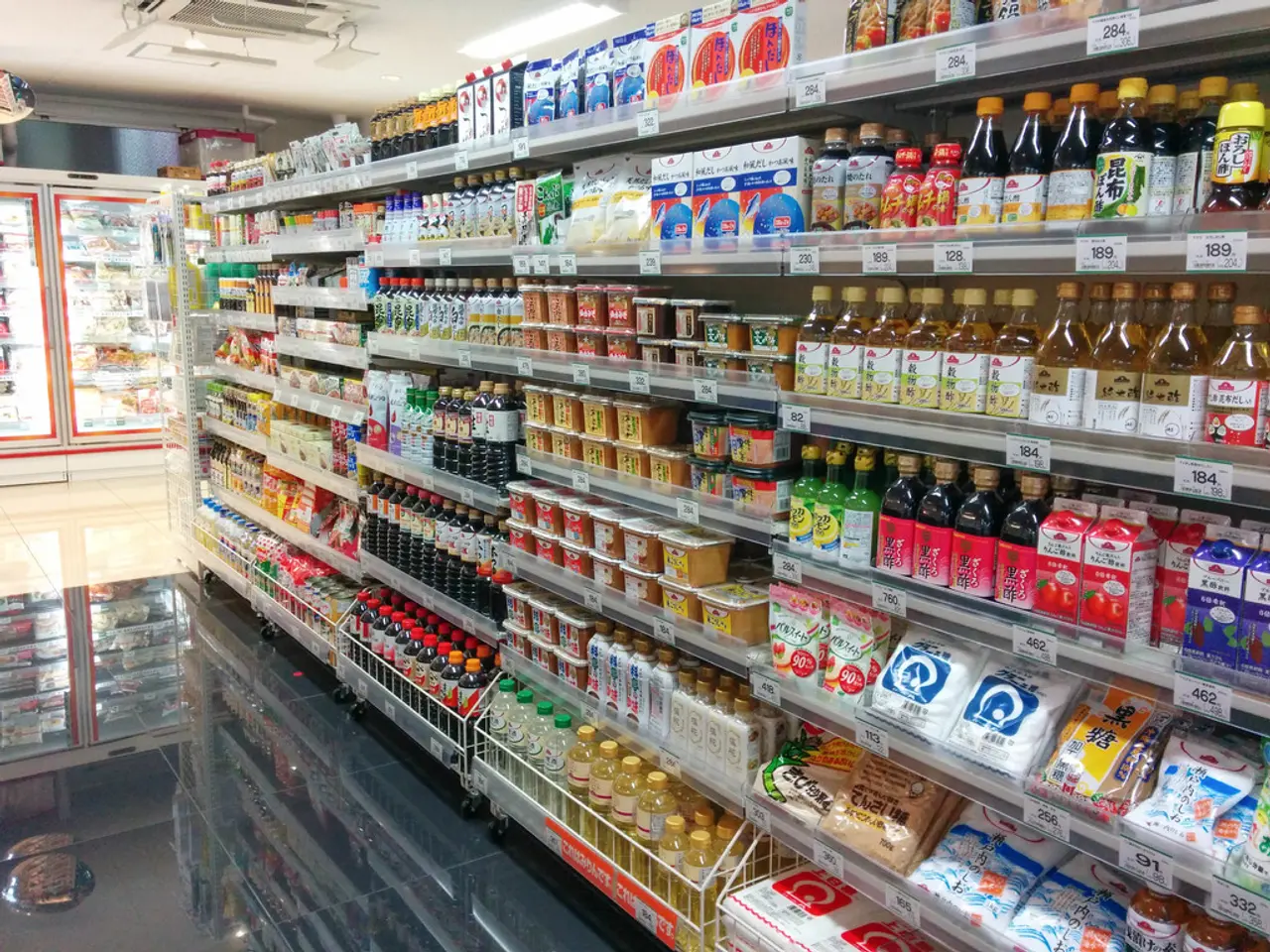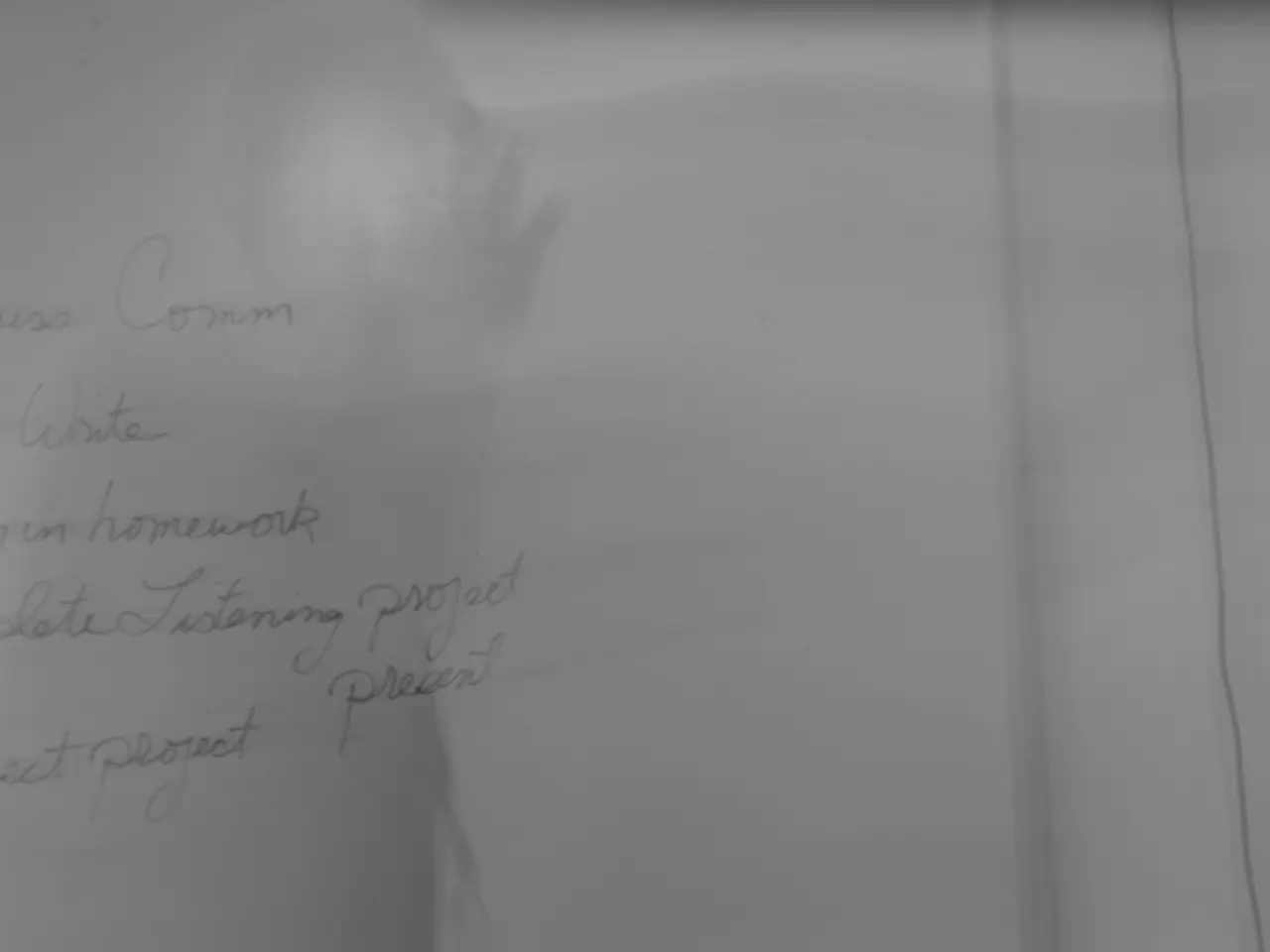Updated stipulations for bus grant recipients allocated for Low-No vehicles
FTA Announces Flexibility for Low-Emission Transportation Grants
In a significant move to support reliable mobility for Americans, the Federal Transit Administration (FTA) has announced that recipients of its Low or No Emission grant program can now request to change their projects from zero-emission to low-emission technology. This policy change was initiated by U.S. Transportation Secretary Sean P. Duffy in July 2025.
To make a change, grant recipients must submit a written request to their FTA Regional Office, detailing the requested change and the reasons for it. The FTA will review and consider these requests, provided they are submitted in a timely manner. This policy applies to both new requests and reconsideration of previously denied change requests.
The FTA's Senior Advisor, Marc Molinaro, stated that the purpose of these grants is to help fund reliable mobility for Americans and meet public demand, not force ideology on American manufacturers and public transportation providers at the expense of the American people. He emphasized that grant recipients deserve transportation that works.
The change in policy comes after various agencies and stakeholders expressed limitations and challenges with zero-emission technology. In response, the FTA encourages grant recipients to request changes for zero-emission vehicle or infrastructure projects, or reconsideration of previously denied requests.
USDOT Secretary Sean Duffy emphasized that the change allows transit operators to use various energy sources to power transit infrastructure. He expressed a focus on building safe and reliable buses for American commuters, ensuring that the FTA's grant program does not come at the expense of the American people.
In conclusion, the FTA's Low or No Emission grant program is designed to meet public demand for reliable mobility. Recipients who wish to change their project proposals to low-emission technology can do so by following the guidelines mentioned above. The FTA remains committed to supporting transportation that works for the American people.
[1] FTA Press Release, "FTA Announces Flexibility for Low-Emission Transportation Grant Program," July 2025. [2] USDOT Press Release, "USDOT Secretary Announces Flexibility for Low-Emission Transportation Grant Program," July 2025. [3] FTA Website, "Low or No Emission Grant Program," accessed August 2025. [4] FTA Website, "FTA Announces Flexibility for Low-Emission Transportation Grant Program," accessed August 2025.
- The shift in FTA's Low or No Emission grant program encourages collaboration with various sources of energy in the transportation industry, as emphasized by USDOT Secretary Sean Duffy.
- The FTA's Senior Advisor, Marc Molinaro, highlighted that the grant program's goal is to meet public demand and fund reliable mobility, without impeding on American manufacturers' and public transportation providers' industry practices.
- In the wake of vocal concerns from agencies and stakeholders, the FTA has adapted its policy to allow recipients to request changes in their projects, even if these involve low-emission technology instead of zero-emission.
- FTA's press release in July 2025 announced that the infrastructure and science sectors would benefit from this flexibility, allowing for the continuous advancement of environmental-science, finance, and overall technological progress in the transportation sector.




